Technology could nearly double writing speed for “locked-in” individuals.
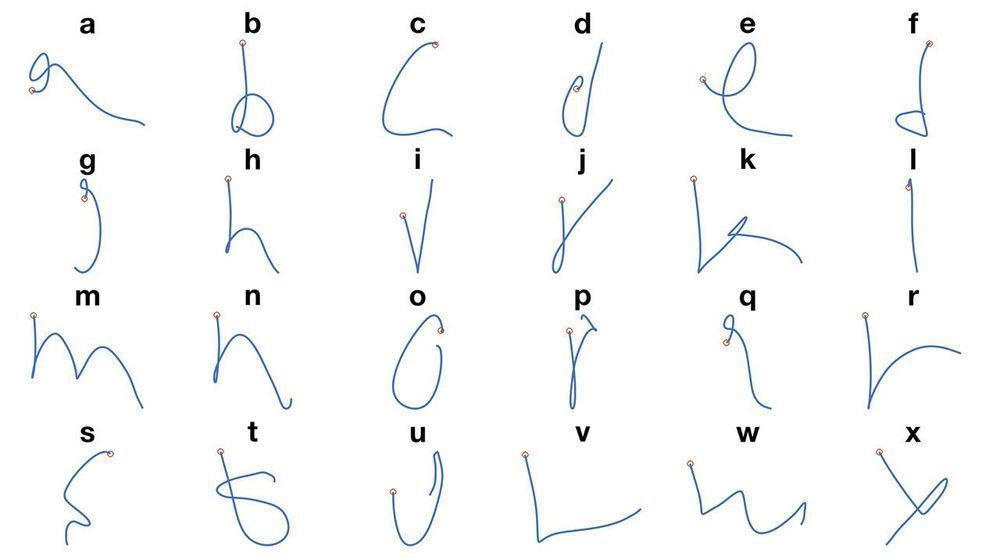

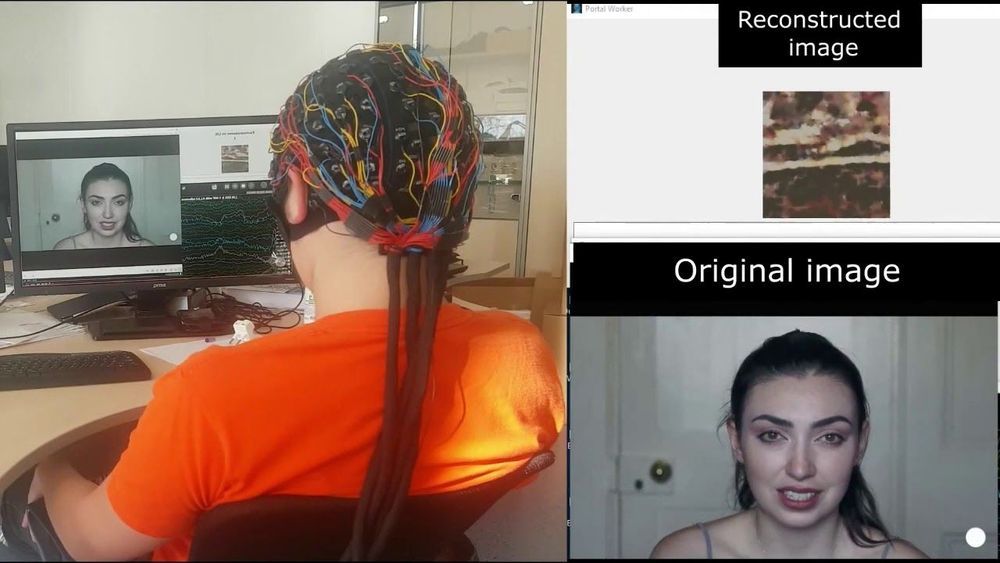
Researchers from Russian corporation Neurobotics and the Moscow Institute of Physics and Technology have found a way to visualize a person’s brain activity as actual images mimicking what they observe in real time. This will enable new post-stroke rehabilitation devices controlled by brain signals. The team published its research as a preprint on bioRxiv and posted a video online showing their “mind-reading” system at work.
To develop devices controlled by the brain and methods for cognitive disorder treatment and post-stroke rehabilitation, neurobiologists need to understand how the brain encodes information. A key aspect of this is studying the brain activity of people perceiving visual information, for example, while watching a video.
The existing solutions for extracting observed images from brain signals either use functional MRI or analyze the signals picked up via implants directly from neurons. Both methods have fairly limited applications in clinical practice and everyday life.

Researchers at Caltech have unveiled a complex new robot with the ability move between flight and walking on two legs. The machine unique design was inspired by birds.
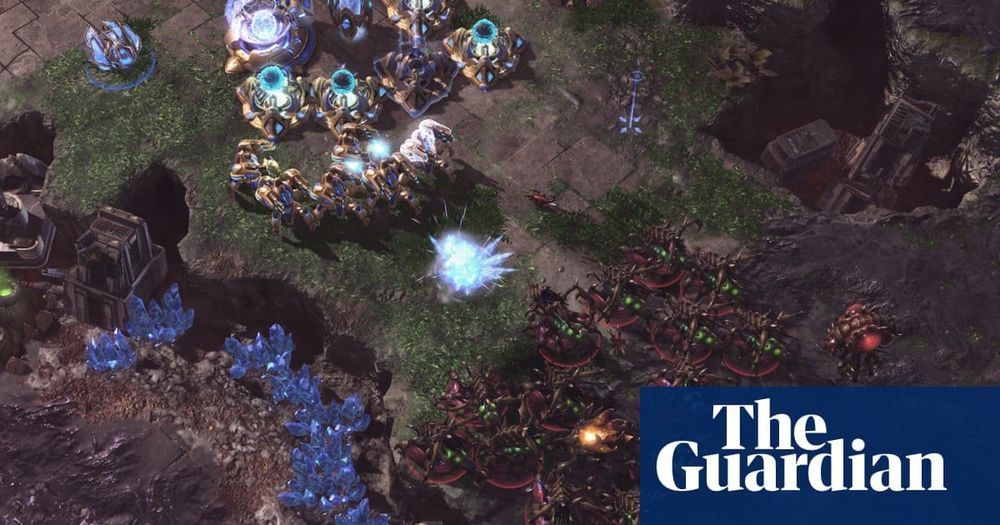
Google’s DeepMind beat 99.8% of humans at StarCraft II, but bigger challenge was not giving itself away.
AI becomes grandmaster in ‘fiendishly complex’ StarCraft II.

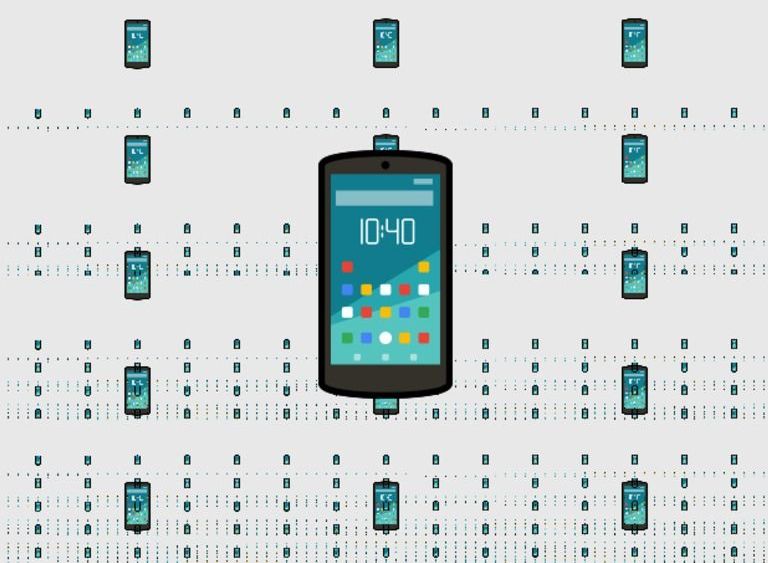
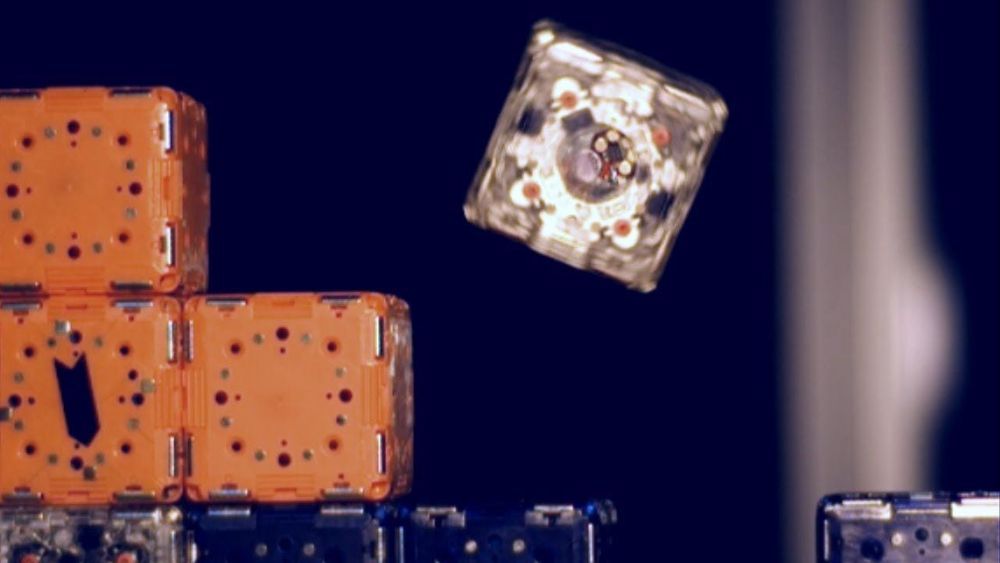
MIT’s M-blocks don’t look like robots, but they can jump, flip and self-assemble.
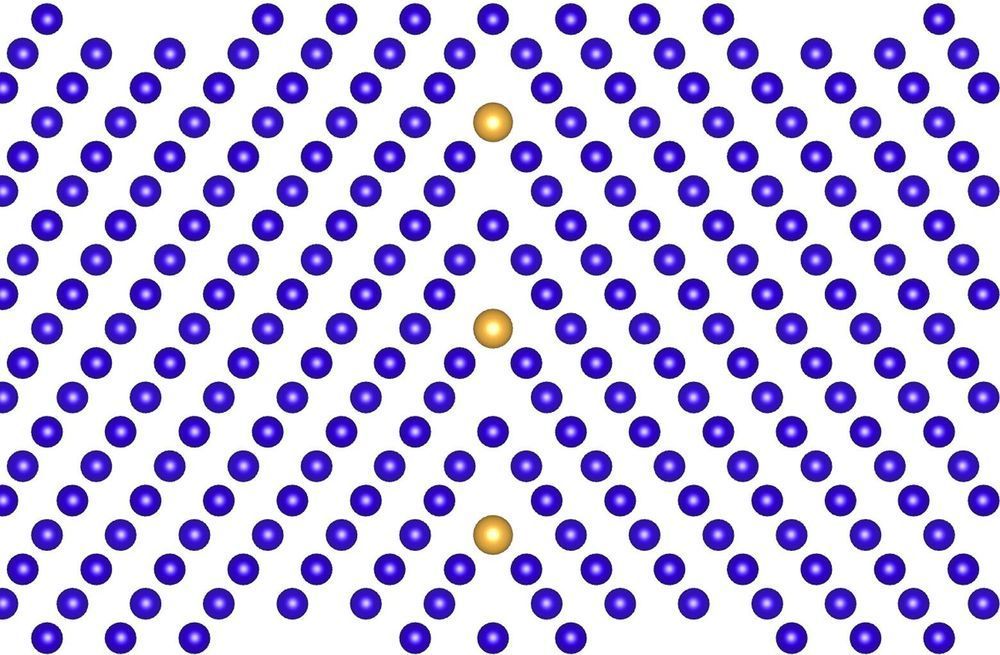
A new way to calculate the interaction between a metal and its alloying material could speed the hunt for a new material that combines the hardness of ceramic with the resilience of metal.
The discovery, made by engineers at the University of Michigan, identifies two aspects of this interaction that can accurately predict how a particular alloy will behave—and with fewer demanding, from-scratch quantum mechanical calculations.
“Our findings may enable the use of machine learning algorithms for alloy design, potentially accelerating the search for better alloys that could be used in turbine engines and nuclear reactors,” said Liang Qi, assistant professor of materials science and engineering who led the research.

